We are 60 percent of the way to the point where the JCCS itself, if it were a car, would be eligible for classic status. In its 15 years in existence, the Japanese Classic Car Show has grown from a small gathering of anything-goes “old cars” to a summit of the best examples of Nihon steel available in the US. It’s taken us a long time to get here, but we think the cars are worth it.
In the early days of JCCS, back in the early 2000s, the mindset was still very much in that of the sport compact era. Classic Japanese cars were another canvas for people to install fiberglass stereo boxes and expensive, 18-inch rims. Fifteen years later, the needle has moved toward period correct or stock restorations, like this pair of matching SA22C Mazda RX-7s, an early model and a late GSL-SE.
Brian Omatsu’s Mazda RX-3 is one of the nicest examples of the breed that we’ve seen in recent memory. A gorgeous zenki model in a era-appropraite acid green, it is a true unicorn.
Kelvin Chung’s Mazda RX-2 is a JCCS regular, but its minimalist look is simply perfect. Just a front lip spoiler, bridgeported 13B and Work Equip 03s made it multiple award winner at past JCCS shows.
It’s no secret that the FD3S RX-7 is rapidly ascending in value, and will probably be the next 90s hero car (after thee A80 Supra) to shoot up in price. It had seemed most of them were heavily modified, but now super clean examples are coming out of the woodwork. Though a base model, Jay Guzowski’s 1994 was a beautiful reminder of when these cars were new.
Second-generation RX-7s haven’t really gotten the recognition that the first- and third-gens have, but the next couple may change your mind. With a barely noticeable drop on Racing Beat suspension bits and a Koyorad radiator, Kenneth Seho’s 1988 RX-7 Cabriolet looks as if it was built for California’s sunny climes.
Sean Lee’s collector-grade FC3S has under 1,600 miles on the clock. The 10th Anniversary model is said to be the lowest-mileage FC in private hands, and is as clean as it was the day it left the showroom.
One thing we noticed this year was an abundance of meticulously kept and restored Toyota Celicas. Once thought of as disposable, the Big T’s compact sports coupe appears to really have captured some hearts. This dark green, thin-bumpered Liftback with Hayashi Streets really gave it a period street fighter look.
Joji Luz’s Celica needs no introduction. On its own, classic look of fender mirrors, racing jacket, and chin and ducktail spoiler is head-turning enough, but this also happens to be the fifth Celica officially built, with serial number 0005.
John Accardi’s one-owner Celica Liftback in 337 Orange Metallic was the subject of a a five-year down-to-the-metal restoration, the kind usually reserved for high-dollar classics.
Fifteen years ago, you saw many more “JDM” AE86s than USDM ones. Janet Fujimoto’s AE86 is fantastic looking, and one of the first to really be restored to a high level with all its US-market trim, bumpers, and details. Brian Karasawa’s Celica Liftback is a prime example of a period correct SoCal build. If you want a good laugh, here’s a video of it with some cringeworthy commentary attached.
The Celica love didn’t stop with the chrome-bumpered era. A pair of beautiful red convertibles of the A60 and T160 chassis would look at home in any 1980s footage of Los Angeles or Miami. David Wagner’s 1996 Celica GT 5-speed was recently purchased from the original owner, and still looks showroom fresh in its original Renaissance Red.
Kirk Hubbard’s Daruma Celica is another regular and a favorite. Separated from the FJ Cruiser by 40-plus years, the roofline of the Celica doesn’t even reach the beltline of the FJC. Toyota was once known for sporty little coupes, but its most rabid aftermarket following now is all in its trucks.
Supras are very much the car of the moment, and that means newfound attention for classic ones. Take this beautiful, slightly dropped Turbo in 8D8 Light Blue Metallic for instance. Outside of JCCS or Toyotafest, it’s been ages since we’ve seen a Supra with shiny paint.
An incredibly clean zenki third-gen was displayed at the Cabe Toyota booth. Amazingly, a new 86 TRD Specialk Edition looked roughly the same size.

Gary Toomer’s Toyota is an amazing one-owner time warp. We spotlighted this particular car before when we saw it at Toyotafest, but didn’t mind seeing it again in all its 37,000-mile glory.
Celicas and Supras are loved by enthusiasts, but the beauty of JCCS is that even humbler models get their time to shine. Kirk Hubbard’s cleverly modified TE37 is a perfect example of what is possible with a Corolla chassis that isn’t quite as popular as the TE27 or AE86.
Another of of our favorites was Russ Capulong’s fully restored 1973 Corolla. An ultra-rare one-year-only trim level, the SR had a 5-speed manual and briefly predated the SR-5 designation that would end up defining sporty Toyotas for decades to come.
Dennis Aquino’s 1981 TE72 sedan proved that even the most bare-bones family sedan deserves to be restored. A slight drop on insanely shiny factory steelies
Ed Briones’ 1982 Toyota Tercel is another regular we never tire of seeing. Quite possibly the finest L10 Tercel in the country, We’ve covered it a few times before, but it’s full of fascinating details from entry-level Toyota circa 1982.
Likewise, Lou Bircheff’s KP61 Starlet is one we’ve seen many times before, first under the stewardship of Toyota itself (aka, in the Toyota USA Museum), and then under Lou’s private ownership. It’s a little sad that the museum has let some of its cars go with its move to Texas, but at least this one’s in good hands.
Rounding out the Toyotas was a true sporting machine, a beautiful AW11 MR2 in 8E3 Dark Blue Pearl, in maximum 80s configuration of T-tops and pinstriping.
In the Honda camp, Kathleen Walker’s 1970 N600 was a study in perfection. Equipped with nearly every available option offered in 1970, the adorable little Honda was Restored by Tim Mings to concours-level glory, and was awarded 2nd place in the Best Classic Honda class.
Ken Weidner’s 1981 Honda Accord DX came equipped with all the bells and whistles, like rare optional alloys and a factory 8-track player. It also serves as his daily driver — in Pennsylvania. To get to JCCS, Ken drove 3,400 miles over the course of five days. The trip paid off, too; Ken brought the third place award in the Best 80s Honda class.
Tyson Hugie’s 1993 Honda Civic Del Sol Si was resplendent in its Samba Green Pearl. Though roundly criticized for the fact that it wasn’t a CRX when it debuted, it’s the kind of fun-to-drive car that we desperately wish would make a return to the marketplace.
Chris Green’s 1989 Prelude Si was a flawless example of the best of the third-generation. Finished in a rare Laurel Blue Metallic, it wowed the judges enough to secure first place in the 80s Honda category.
David Wagner’s 1994 Acura Legend LS was another gorgeous example of Honda’s golden years. A 6-speed manual in the coupe-exclusive Milano Red, it was a superb example of the breed.
These days, the Acura Integra Type R is worth more than the original NSX. Those fortunate enough to acquire one before the boom can be proud to own perhaps the best front-wheel-drive car ever built. Kit Fung’s 1997 in beautiful Championship White somehow emerged from the Tuner Era unscathed.
Michael McDonald has owned his 1967 Datsun 411 since new. Described as “as stock as possible after 52 years,” it is just might be the car with the longest continuous ownership history in JCCS history.
Hot on Michael’s heels is Tom Clark with his 1972 Datsun 240Z, a beautiful and original-owner car clocking in at 47 years of continuous ownership, Aside from its 280ZX wheels it is all stock.
Raymond Lim’s 1964 Fairlady 1500 is said to be number 71 of 290 built for the US market. With matching numbers, original seats, and the original four-speed transmission with a non-synchromeshed first gear, it was a California barn find.
At first glance we thought this Datsun Fairlady Roadster belonged to Alvin Gogineni of Z Car Garage, but it turns out there is actually another one out there. This black beauty is owned by Harlan Katz.
Z Car Garage also displayed the G-nosed Datsun 240Z once owned by Yutaka “Mr K” Katayama himself. Though the car was already show-quality, it was the subject of a recent refresh at the San Jose shop.
Tod Kaneko’s Datsun 240Z was one of the few classic Datsun cover cars during the Tuner Era heyday. It was an object lesson in the possibilities of the S30 chassis back when everyone was interested in R34s and 240SXes. The custom turbocharged, built, and stroked L-series stays true to its roots, but is said to produce about 500 horses.
Michael Grassi’s 1983 Datsun 280ZX is a fastidiously kept example with a couple of rare options like the optional Nissan foglights.
Nearby, a magnificent Thunder Black example with gold pinstriping throughout matched with gold wheels personified the end of the disco era in automotive form.
Meanwhile, a post-facelift third-generation Z-car with factory aero-style wheels and smoothed out fascia encapsulated the 1980s in fine form.
John Moran’s immaculate 50th Anniversary 300ZX with period headlight louvers, manual transmission, and exclusive key and cover was a glorious example of what Nissan can do right when it comes to special editions.
As magnificent as Zs car, though, one of the best aspects of JCCS is that you get to see top specimens of the less popular Japanese cars. Joe Mendoza’s 1972 B110 coupe was a brilliantly modified example with a custom billet rocker cover for its A-series, 5-speed transmission conversion, just the right amount of Cusco hardware, and 13-inch Compomotives.
It was impossible not to love this B210 Honey Bee coupe. The decals were in amazing shape, which probably means they were reproductions, but if they are the originals then even more props.
AJ Adler’s 1978 Datsun B210 was astoundingly preserved. It’s a higher GX trim with optional dogleg 5-speed, tachometer, and stereo that boasted both AM and FM frequencies. Even the add-ons, such as the alloys, decal stripes, and rear window louvers are period correct.
The JCCS is filled with former sensible family haulers and economy cars that went on to greatness. The Datsun 510 is the perfect example of such a machine. We loved this one for its tidy presentation, unmolested body lines and trim, and the fact that it is a sedan.
Gilbert Susana’s 1972 is an incredible example of a modern resto-mod 510. We have fawned over it many times before, and two years ago even presented it with the JNC Award. It never disappoints and we are glad to see it still turning heads.
This year, the JNC Award took a different tack. It went to Nestor Rabanal and his splendid 1972 Toyota Carina. The TA12 is an incredibly rare car in the US, platform twin to the more popular first-gen Celica, but offered only for two years. To find one is a feat in itself; to find a survivor that is as complete and unmolested as Nestor’s is an impossibility. Nevertheless, Nestor did find one, and is preserving it for posterity. Even the Toyota USA Museum doesn’t have one, so it might just be the finest Carina in the US.
And finally, we come to Best in Show. That honor this year fell to Mark Sayre’s 1972 Datsun 510. It started life as a US-market 510 but was converted to a Japan-spec Bluebird, complete with RHD conversion. In the process it was repainted to its original 546 Cactus Green, and gained the interior, taillights, fender mirrors, and rare optional foglight grille from a Japan-market SSS Coupe.
Under the hood is an L20B bored out to 2.2 liters, Rebello cam, dual Mikuni 44 carbs, and a Refresh 60 equal-length header. A 280ZX 5-speed passes between its Japanese fold-down seats, and it sits on a T3 suspension with 15-inch RS-Watanabe wheels. Extremely well presented, it stood out in a show teeming with amazing 510 builds.
And with that, our 2019 JCCS coverage ends. It’s been a long ride, but that just proves how high the bar is nowadays at the Japanese Classic Car Show. Fifteen years is a long time, and we hope the show sees continued success and more game-changing builds and restorations.


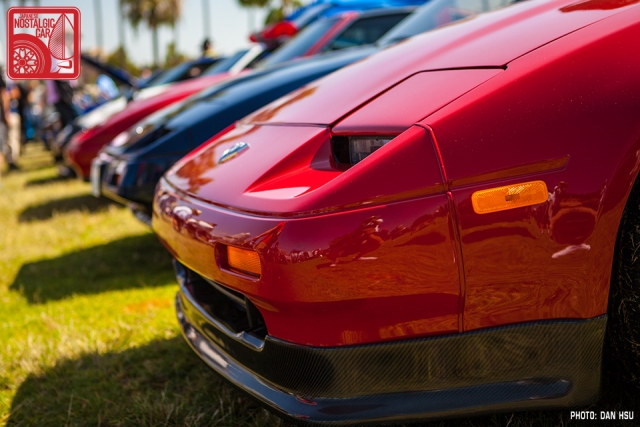
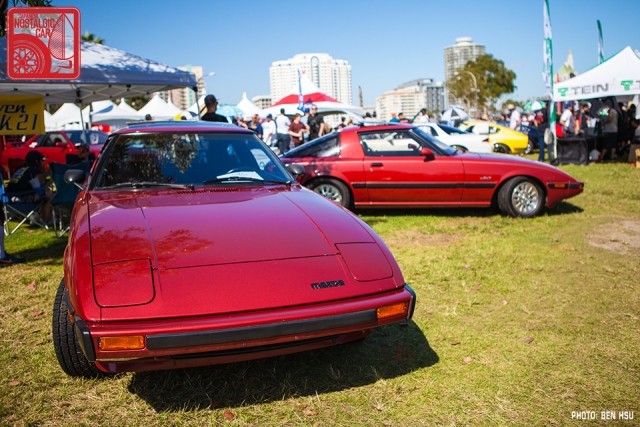





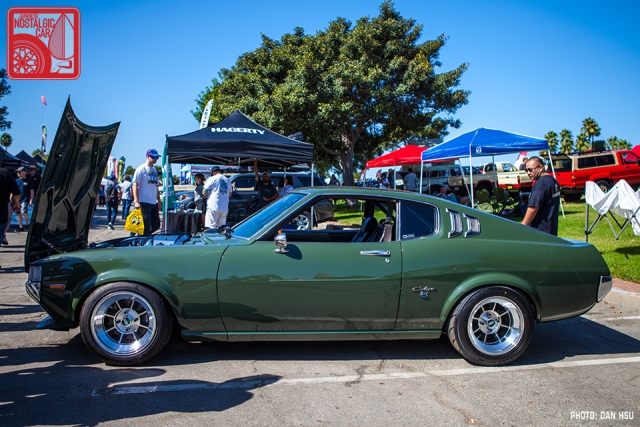


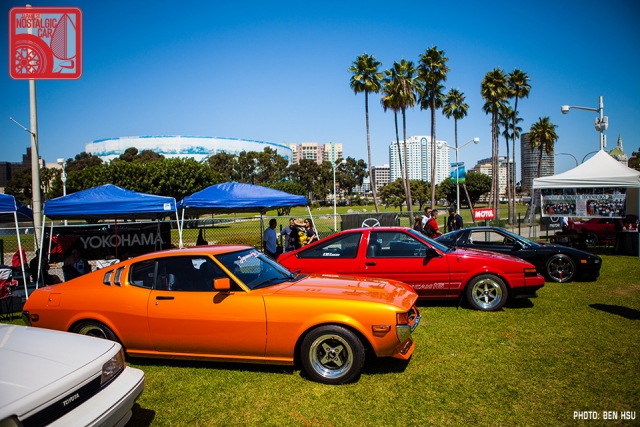


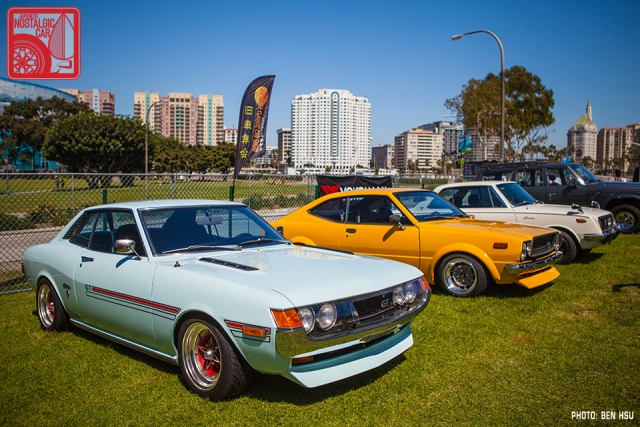


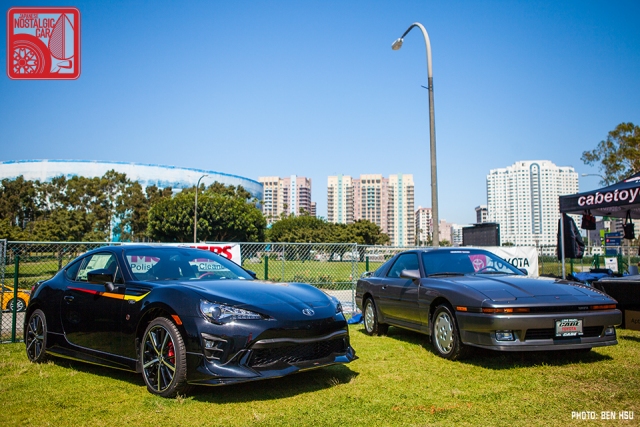

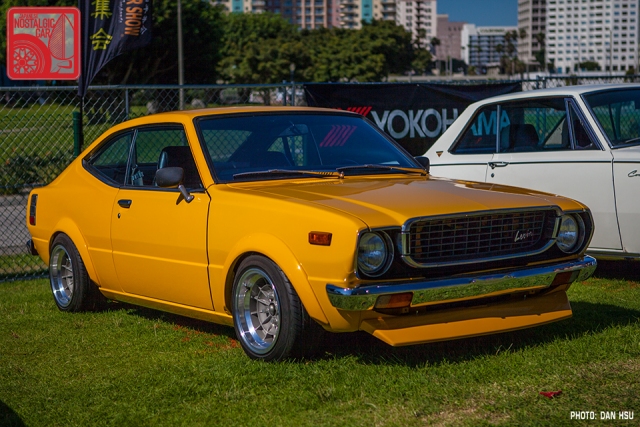
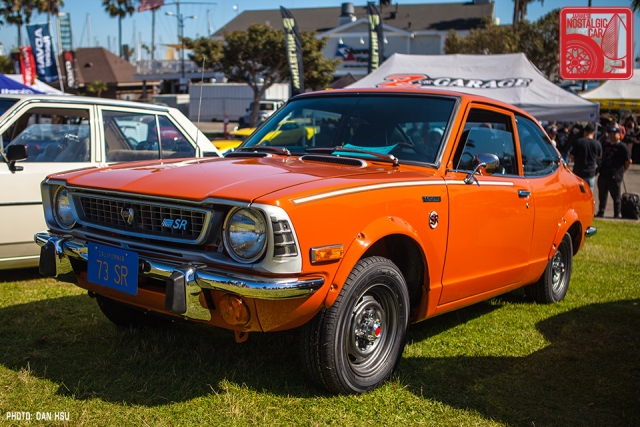

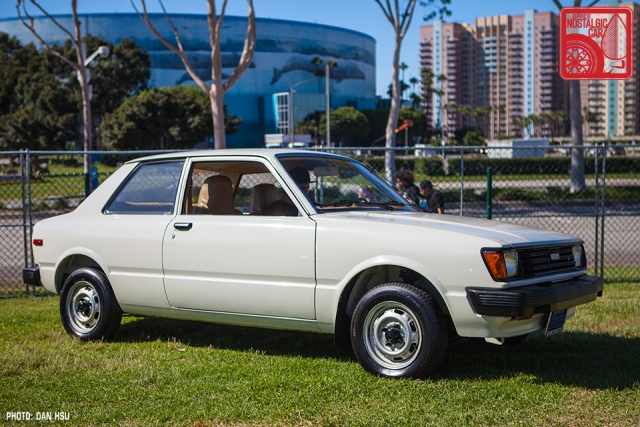
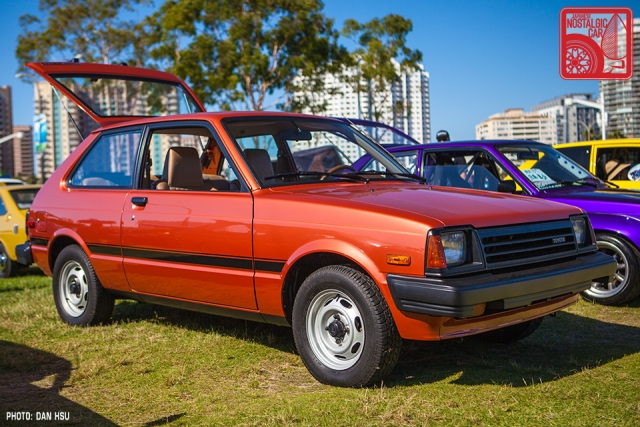
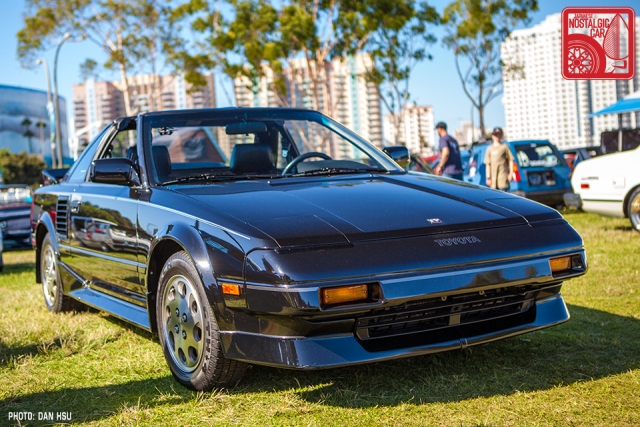



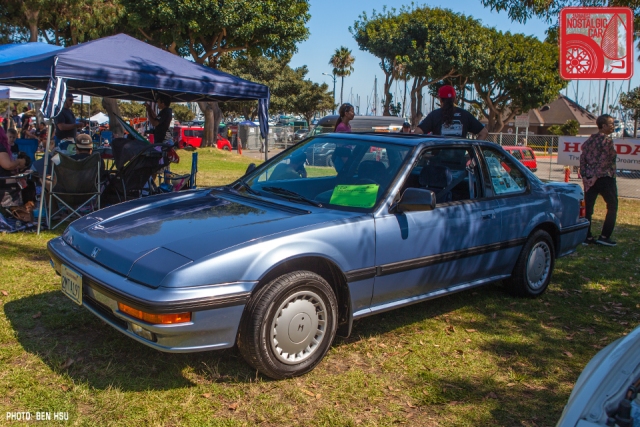
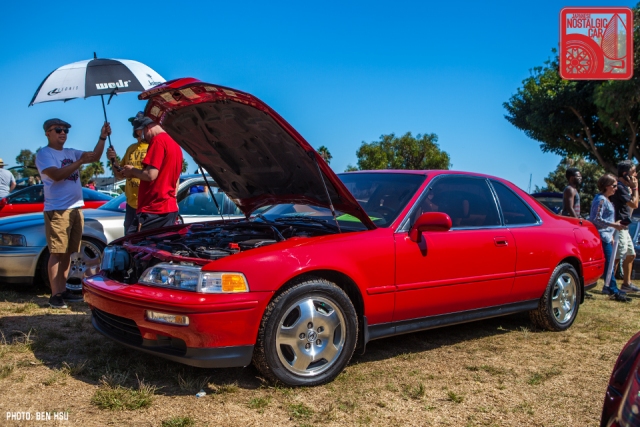
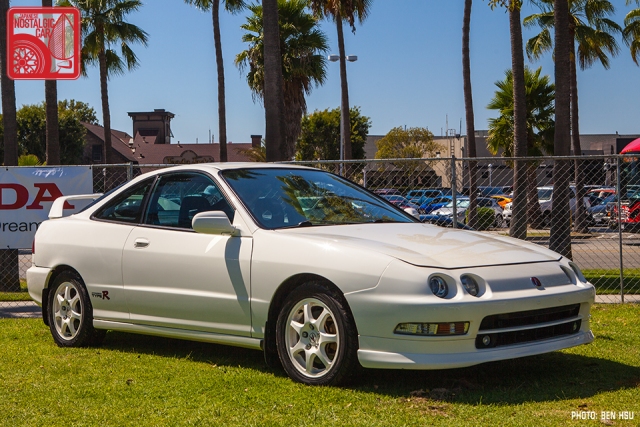
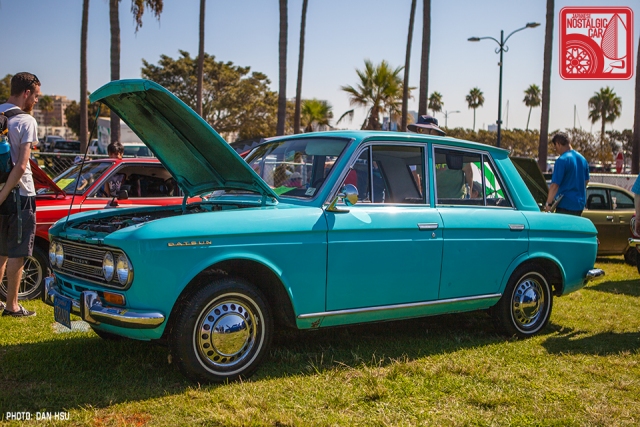




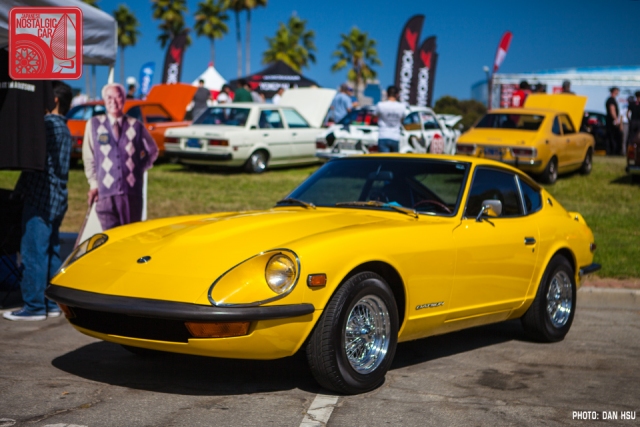
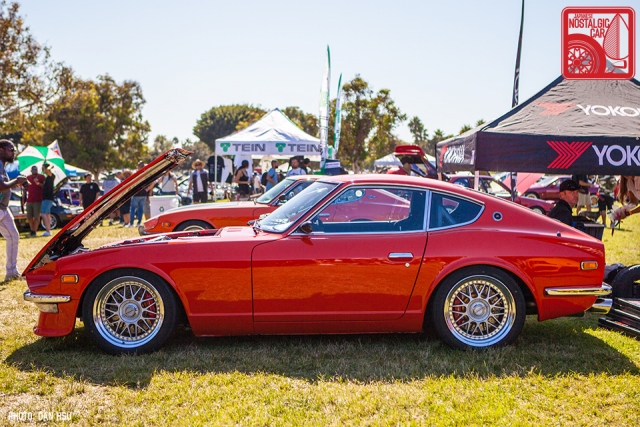










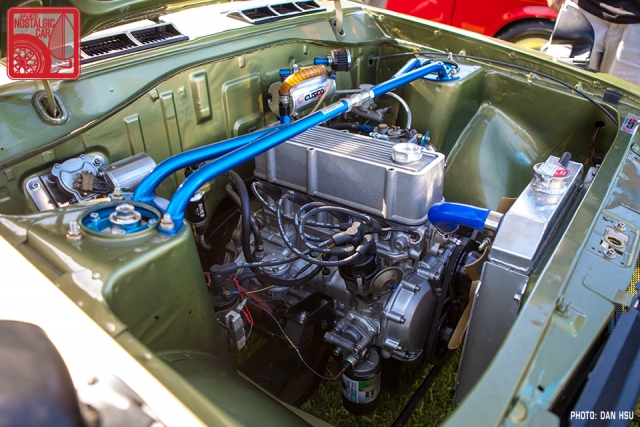

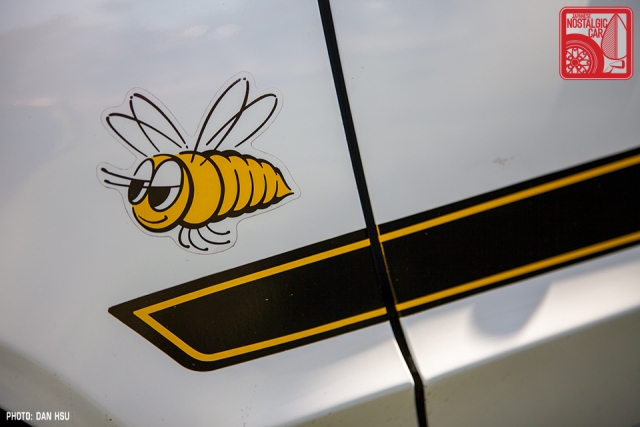
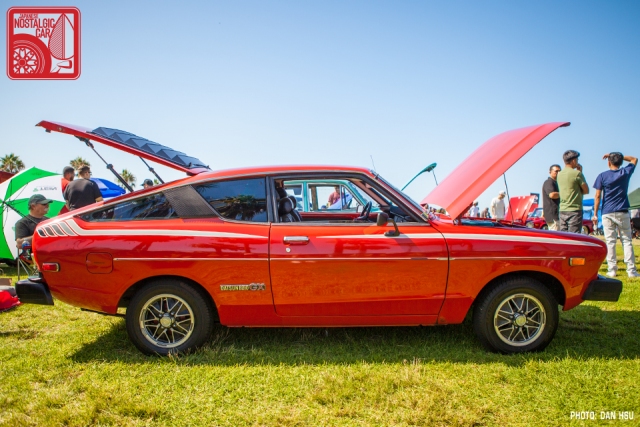


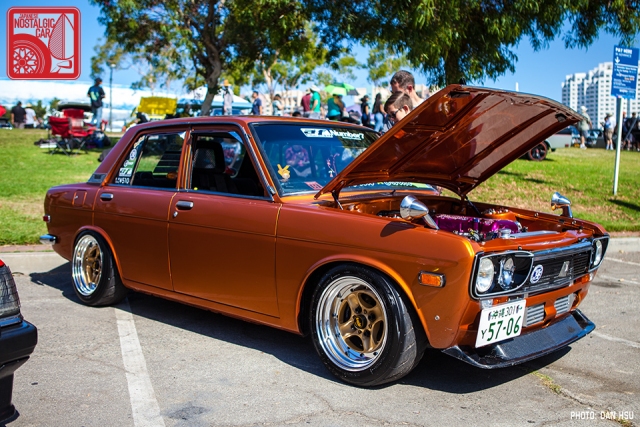
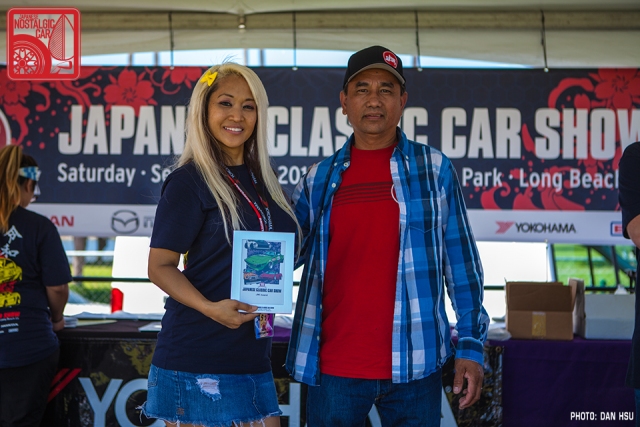











Glad to see stock restorations are the vogue.
For the record, I bought my RL411 on 10 March 1968 after a really vicious winter on the sales lot. It was the dealer’s demonstrator and he had kept it too long. The 510s killed its sale.
Hope everyone had a Happy Thanksgiving .
Proud to say I’m the new owner of the Samba Green Del Sol! It’s even nicer in person and have started a mild refresh on an already amazing car. It’s right at home in my Honda collection and can’t wait to get behind the wheel
It’s not clear from the photo. Are we supposed to touch the white 280ZX?